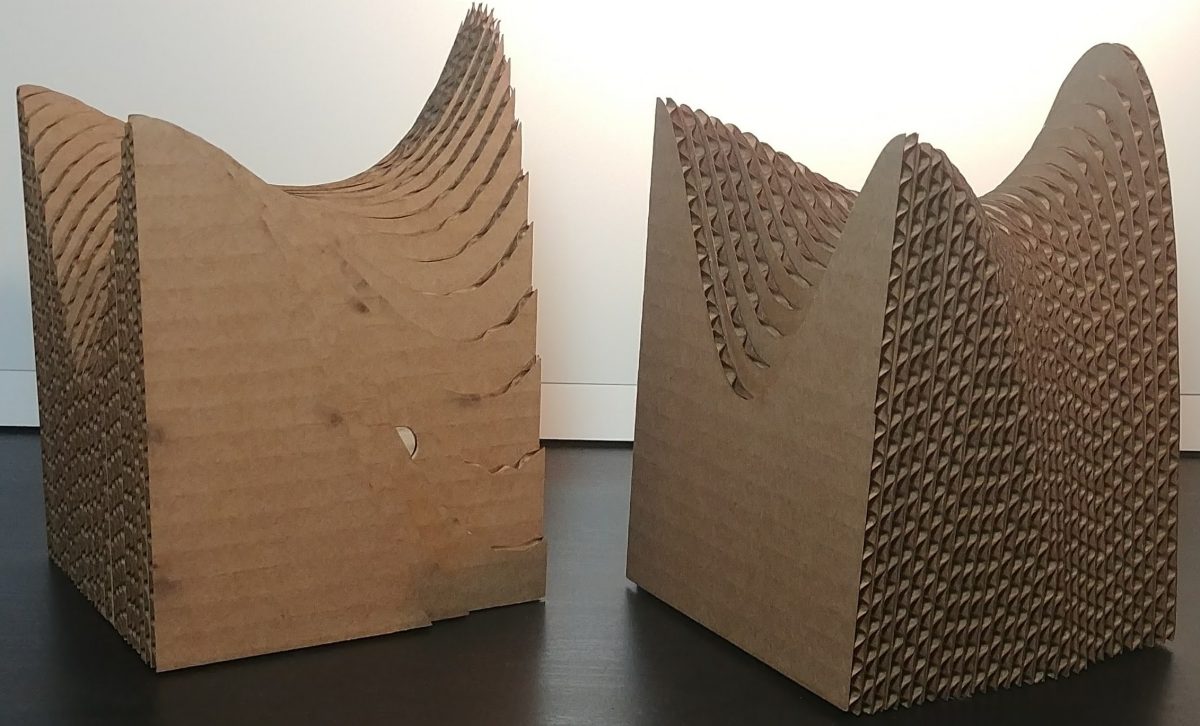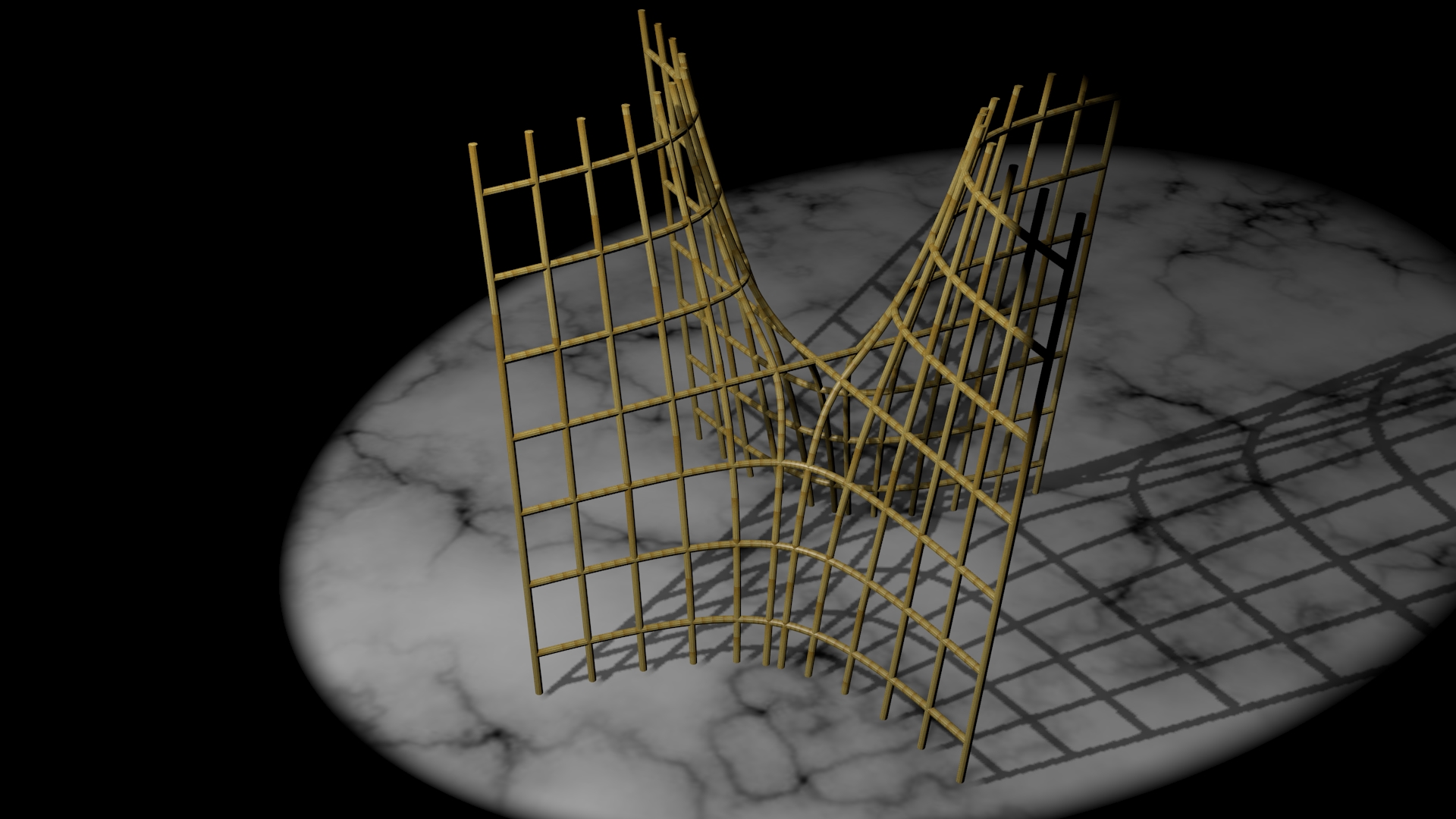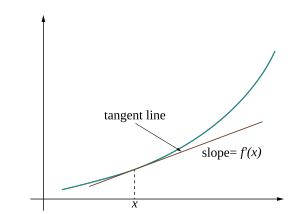If you are or have been a student of mathematics, physics, or engineering, you have likely encountered the following equation:
$$\oint_C Pdx + Qdy = \iint_D \left ( \frac{\partial Q}{\partial x} – \frac{\partial P }{\partial y} \right )dA$$
This statement, known as Green’s theorem, combines several ideas studied in multi-variable calculus and gives a relationship between curves in the plane and the regions they surround, when embedded in a vector field. While most students are capable of computing these expressions, far fewer have any kind of visual or visceral understanding. In this post, I want to build some of that understanding by discussing each component of the theorem in a visual way. My hope is that, armed with the right intuitions, Green’s theorem should feel nearly natural.
Continue reading “Visualizing Green’s Theorem”


